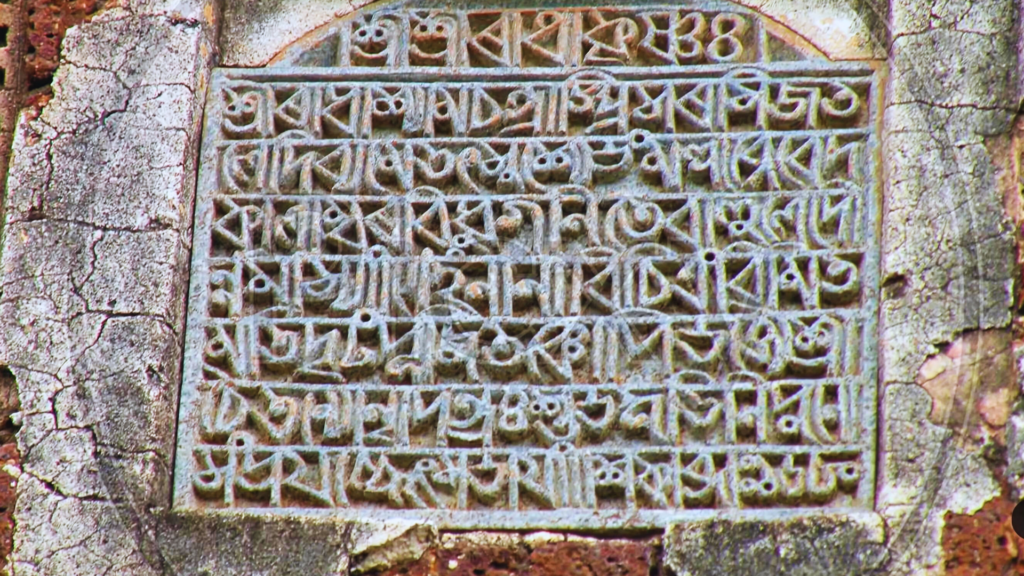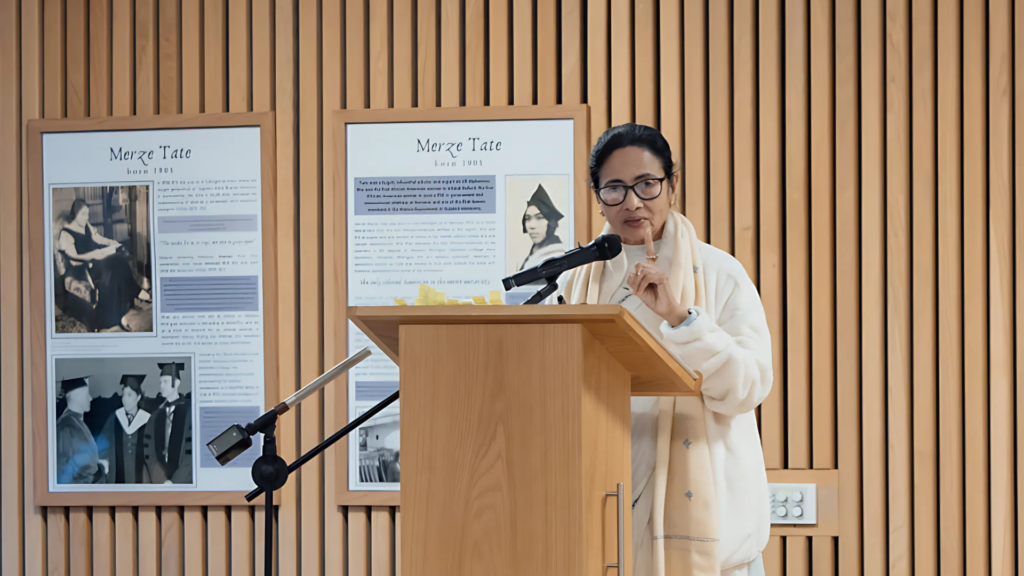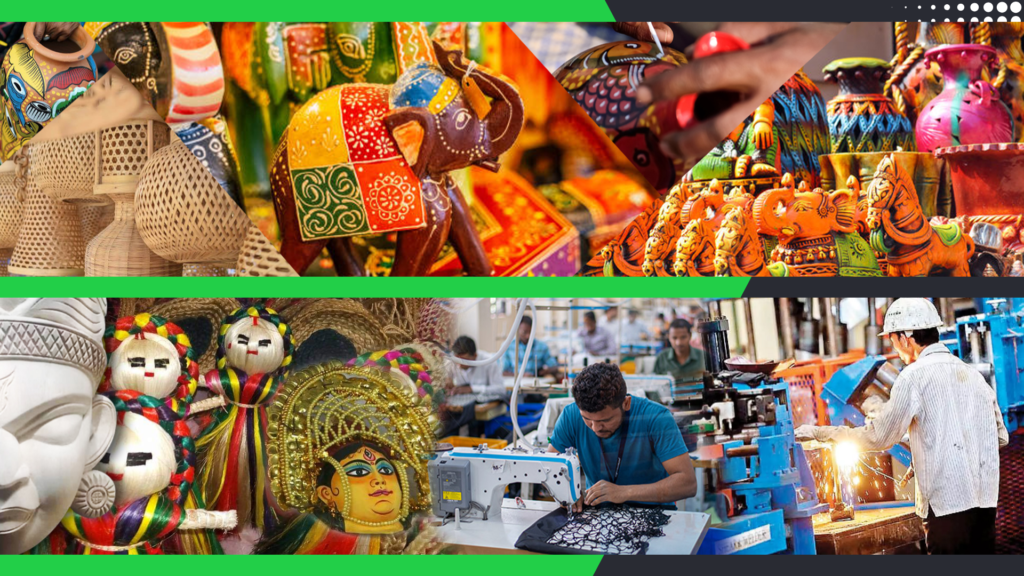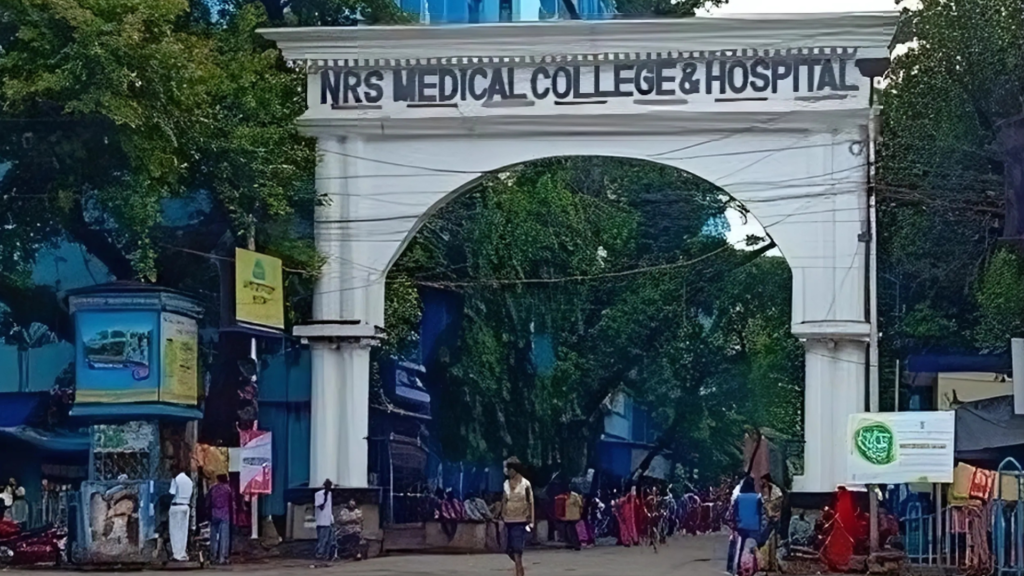Union govt recognises Bengali and 4 others as classical languages
October 4, 2024 2 min read

The Union government on Thursday, October 3 granted Bengali and four other languages the status of a ‘classical language’. The other four are Assamese, Marathi, Pali and Prakrit.
These five will join the six which held the status till now—Tamil, Sanskrit, Kannada, Telugu, Malayalam and Odia, recognised as such in 2004, 2005, 2008 (both Kannada and Telugu), 2013 and 2014, respectively.
Thus, there are now 11 officially recognised Indian classical languages.
According to a government resolution issued on November 1, 2004, a language designated as a classical language will have the following significance:
- Two significant international awards given every year to distinguished scholars in the language
- Establishment of a centre of excellence for its study
- Establishment of professorial chairs for distinguished scholars for teaching and research in the language by the University Grants Commission, starting with the central universities
Bengal Chief Minister Mamata Banerjee posted on her X handle yesterday that she was “most happy to share that Bengali/ Bangla has been finally accorded the status of a classical language by Government of India”.
She further informed that her government had been trying to get this recognition and towards that end, had submitted three volumes of research findings.
A language is recognised as a classical language, according to a written reply by the Union Ministry of Culture to the Rajya Sabha on February 5, 2014, when it has:
- High antiquity of its early texts/recorded history over a period of 1,500-2,000 years
- A body of ancient literature/texts which is considered a valuable heritage by generations of speakers
- A literary tradition that is original and not borrowed from another speech community
- A language and literature that is distinct from modern, and there may be a discontinuity between it and its later forms or offshoots
An appeal to recognise Bengali as a classical language was first made by Mamata Banerjee in September 2020 in an X post on Hindi Diwas (Hindi Day), alongside mentioning that her government had given the status of an official language in Bengal to Hindi, Urdu, Gurmukhi, Ol Chiki, Rajbanshi, Kamtapuri and Kurukh.
In a letter to Prime Minister Narendra Modi on January 11 this year, Banerjee had asked the Union government to officially list Bengali as a classical language.
She mentioned in the letter that, based on scientific research done by a team of researchers appointed by her government, it had been established that Bengali originated 2,500 years ago. Four volumes of documents based on the research were sent to the Ministry of Home Affairs.
The letter said that the Bengali people have a rich heritage and culture dating back to prehistoric times. The team’s research has proved that Bengali as a language existed, even in writing, as early as the 3rd-4th century BCE.





































